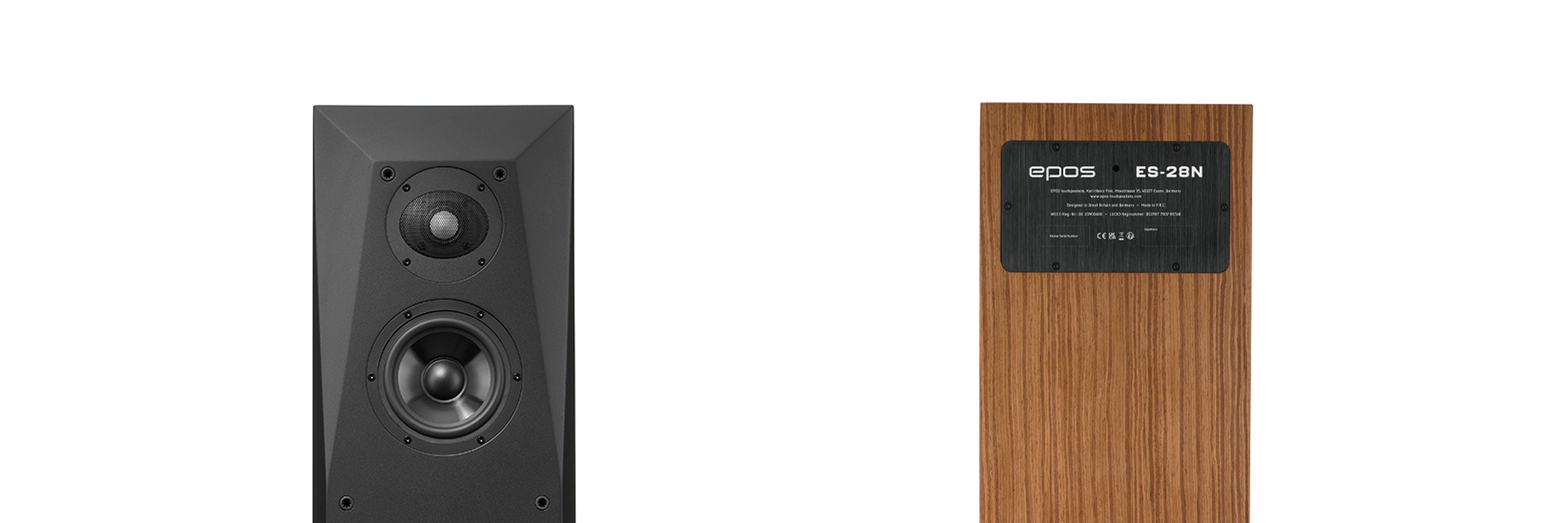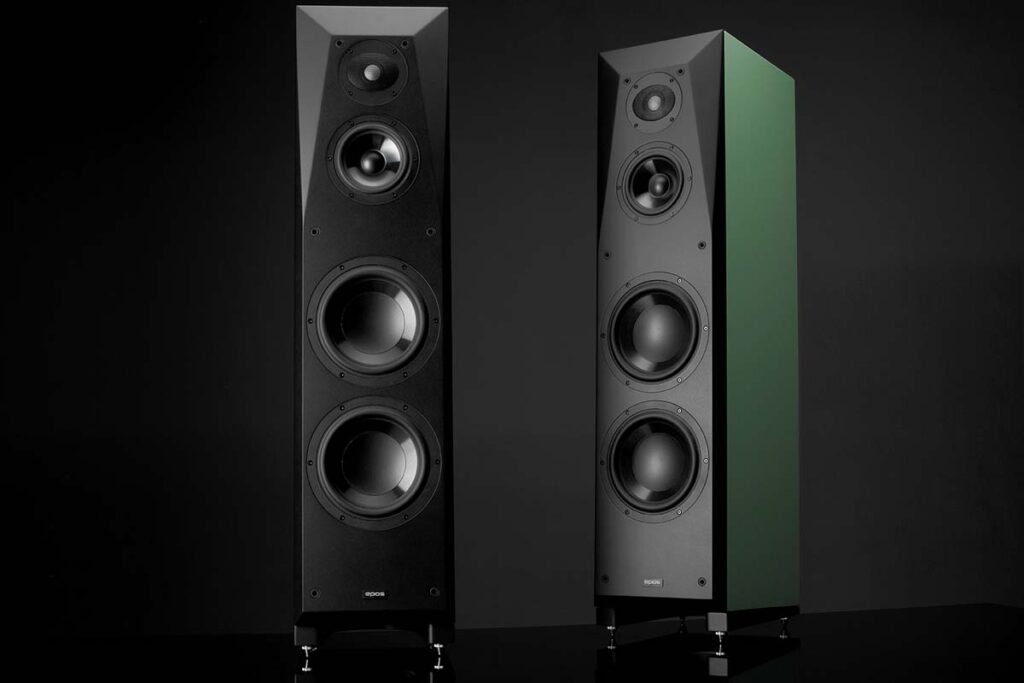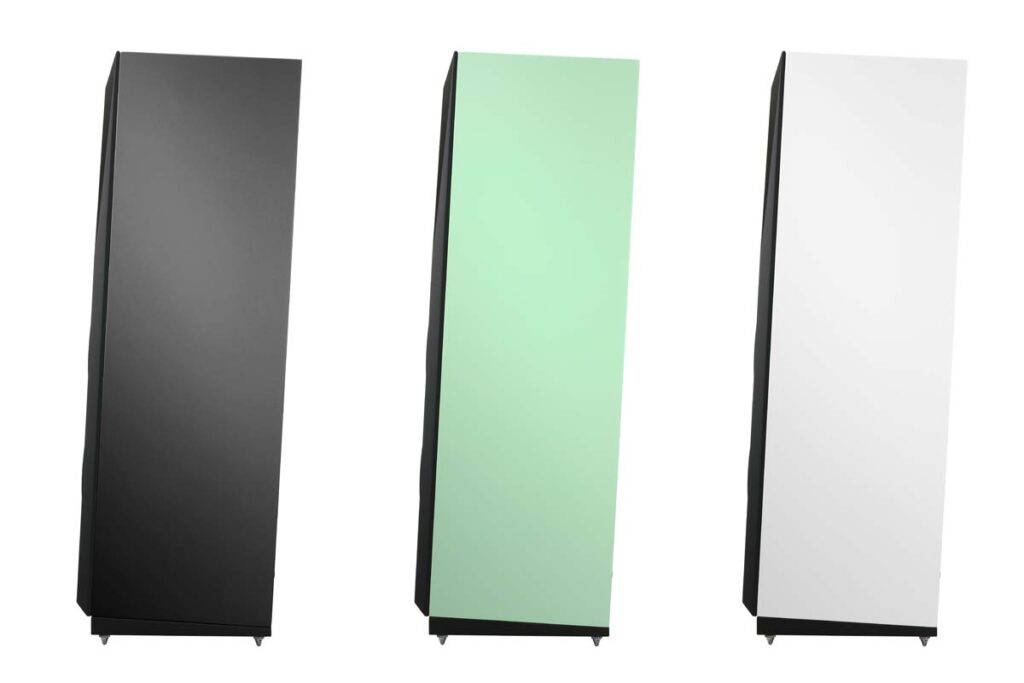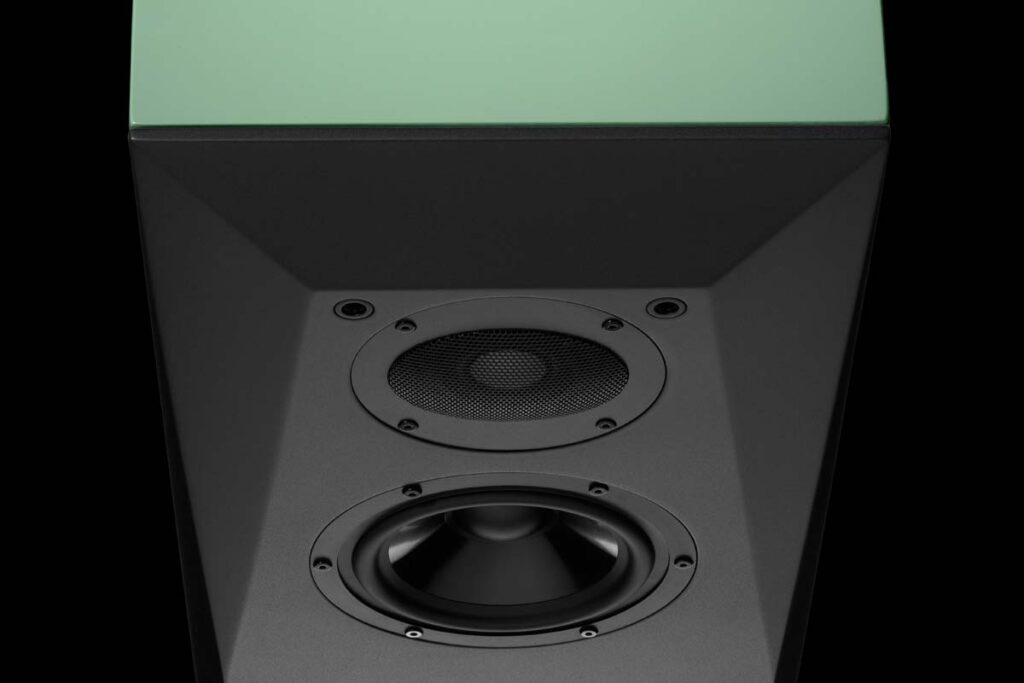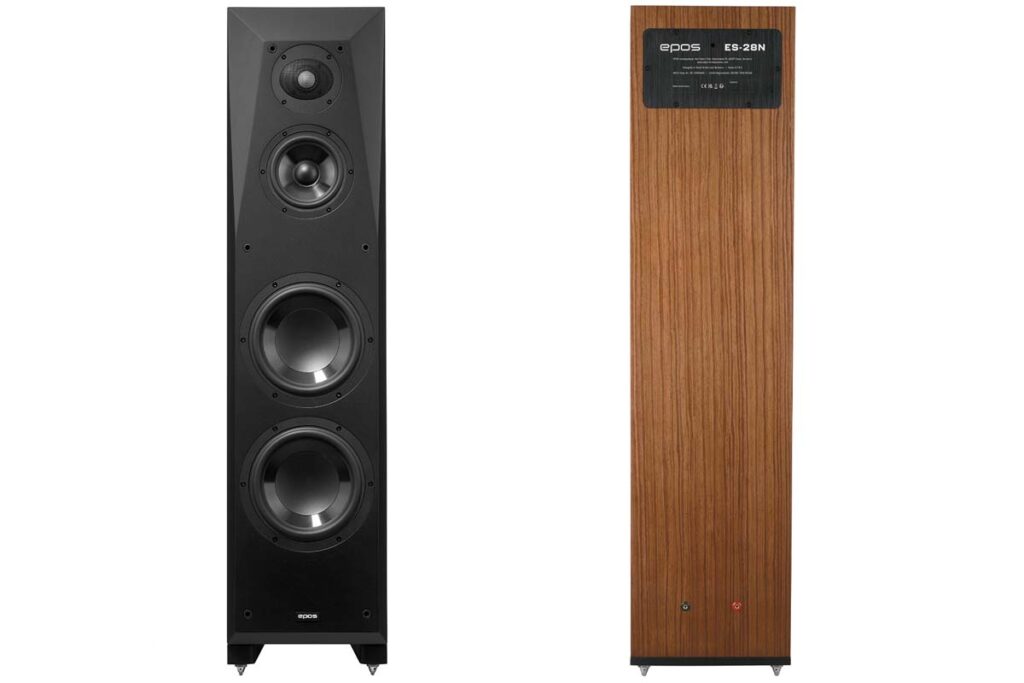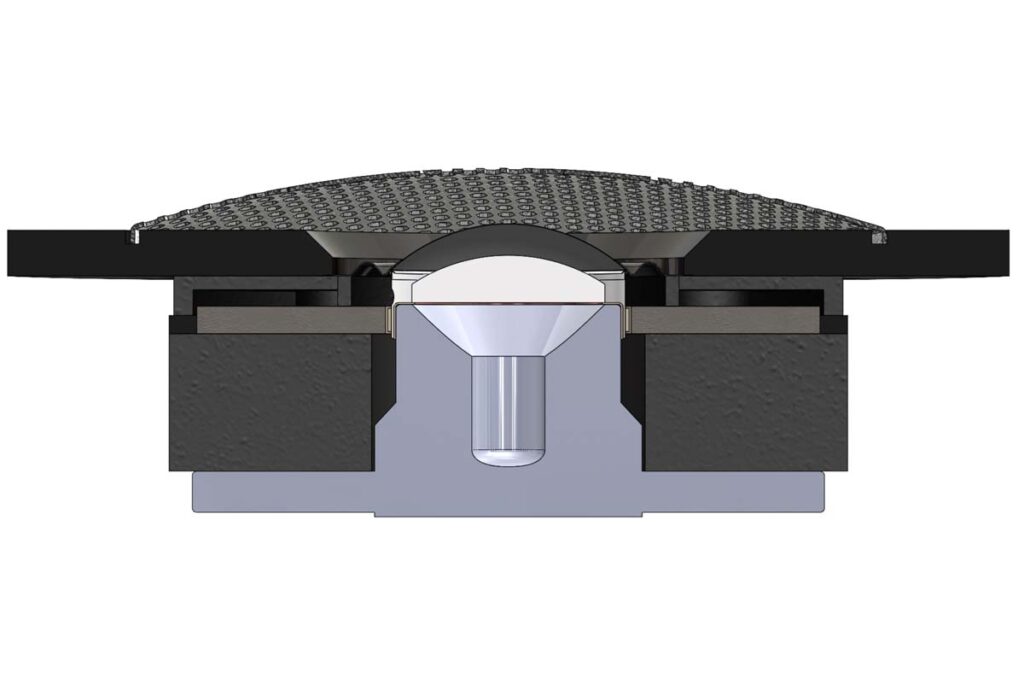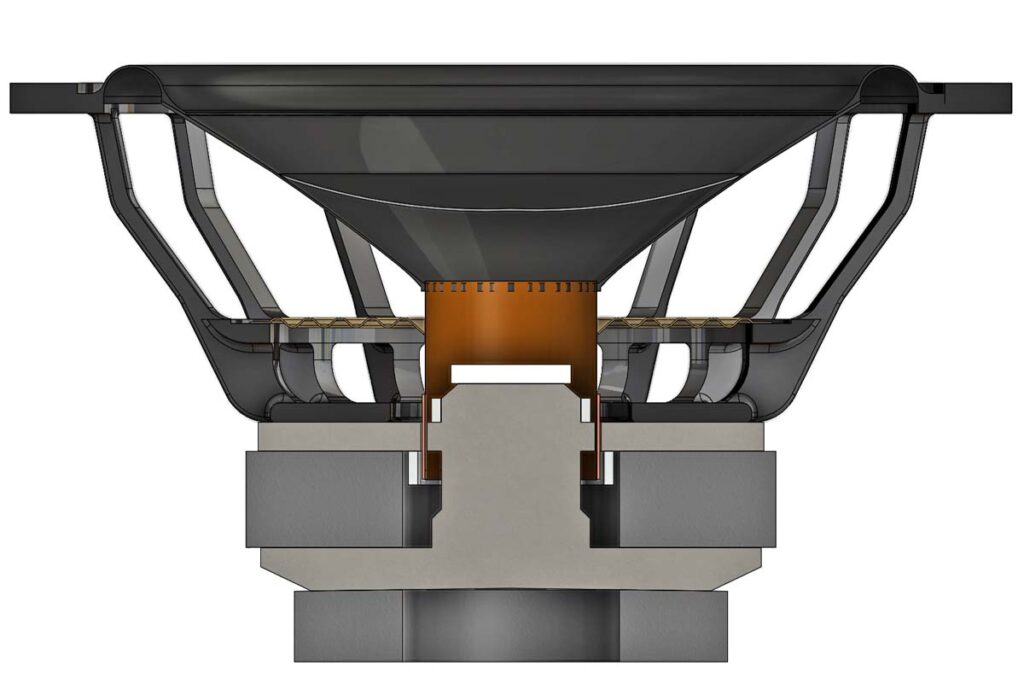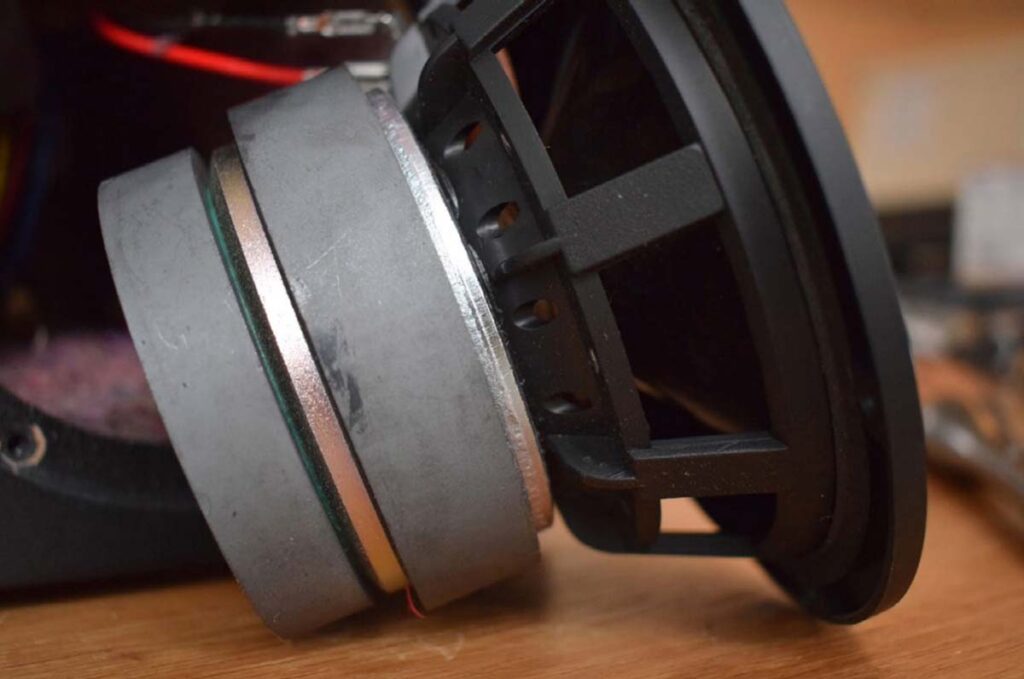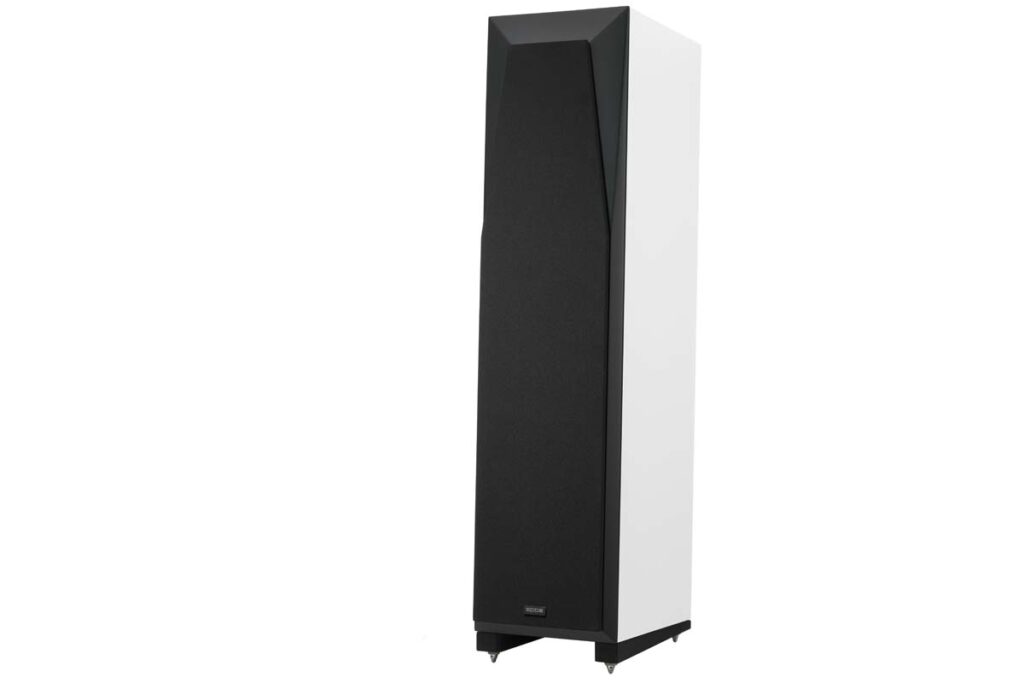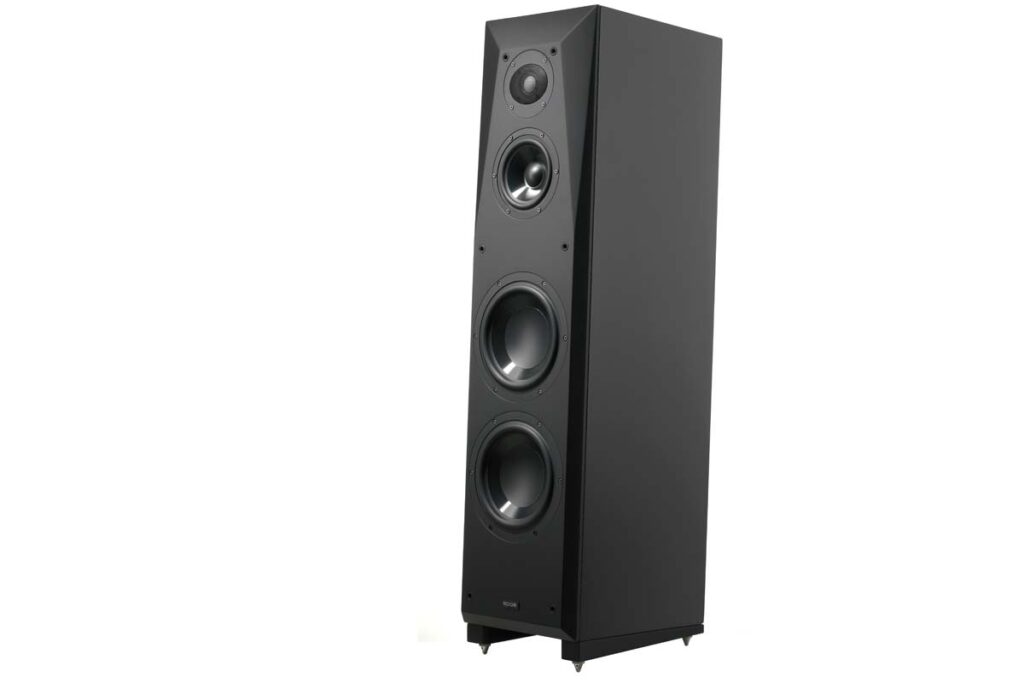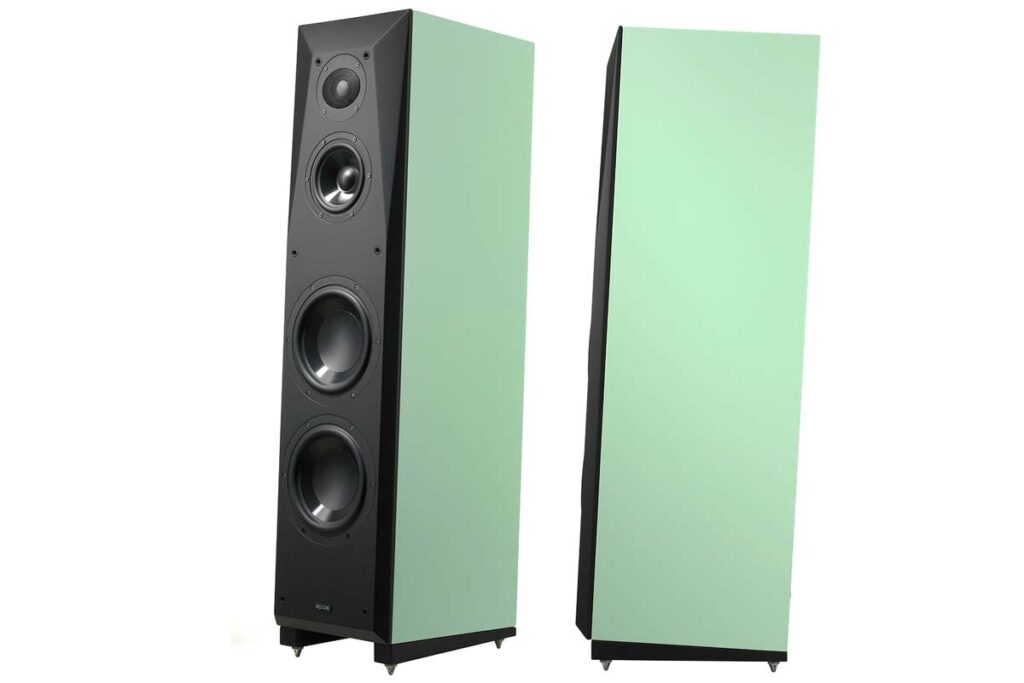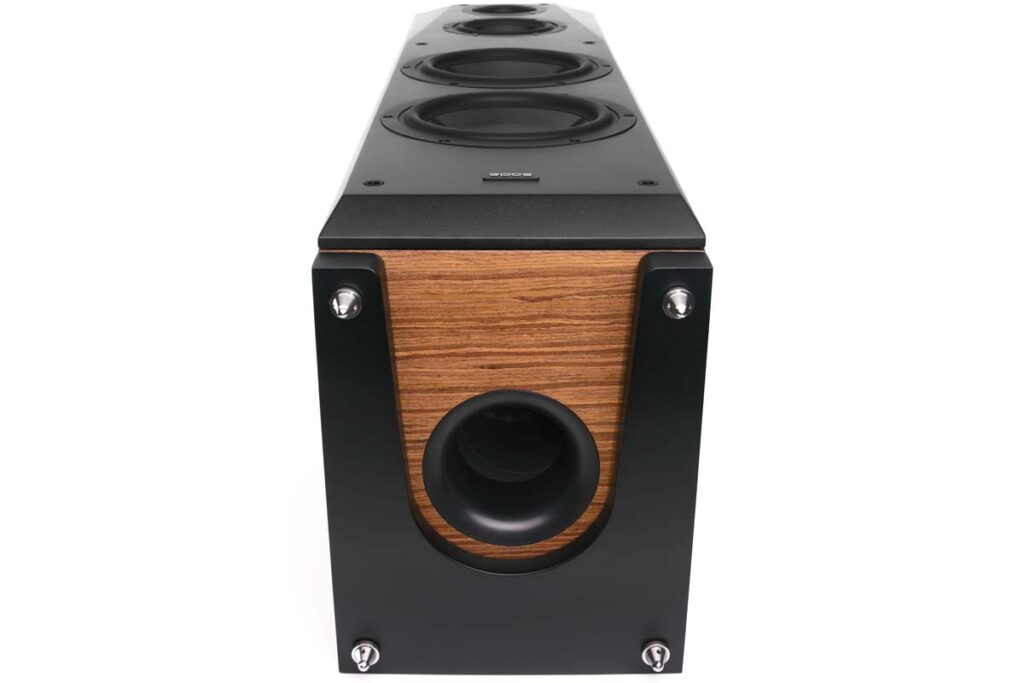Three ways, many ideas, no compromise.
Malicious voices occasionally claim that loudspeaker design doesn’t hold any surprises anymore, let alone noteworthy innovations. They say that at best we may see new materials or some digital improvement in development, but otherwise the subject is essentially exhausted. Yet anyone with such a defeatist view of the high-end world clearly hasn’t considered Karl-Heinz Fink. His two Star Trek models, Borg and Kim, launched under the FinkTeam label, have already swept up many a high-end enthusiast. But the remake of the legendary Epos loudspeaker came as a complete surprise. it was an attack on unquestioned traditions, albeit under completely unexpected circumstances.
But let’s skip back in time. Around 2020, Karl-Heinz Fink got the opportunity to acquire Michael Creek’s Epos line. He saw this as an opportunity to develop an independent brand called “Epos made by FinkTeam.” And within this he saw the question of how to maintain the balance between tradition and innovation. Epos was founded in 1983 by Robin Marshall, who was trying to do things “a little differently.” By chance, Fink discovered an old interview with Robin Marshall in which he came across as anything but the conservative traditionalist that his disciples like to present him as, even today. Marshall clearly stated that his philosophy – based on a minimalist crossover concept, a two-way design, and polypropylene diaphragms – was a child of its time and by no means set in stone. Therefore, Karl-Heinz Fink designed a new ES-14N, followed shortly by a small, versatile variant, the ES-7N. And now, with the ES-28N, he’s even breaking with the ironclad two-way system tradition, presenting the first three-way loudspeaker made by Epos. This was reason enough to put this surprising newcomer through its paces, which landed at our editorial office in a chic, fresh green just in time for the start of spring.
Easy Going
Both the FinkTeam Kim and the ES-14N are delightfully easy when it comes to placement. Thus it came as no surprise that the large ES-28N proved equally simple to set up. Place it about 1 to 1.5 meters away from the rear wall, a bit of toe-in, and you’re done. The break-in time for my brand-new specimen also seemed manageable at around 40 to 60 hours. And when a speaker also has such a wide sweet spot as the ES-28N, allowing for lounging around on the sofa, then I typically consider the first hurdle cleared. And so the following weeks of testing are shining on the horizon. To this day, I do not understand what developers are thinking when they design speakers that require you to put your head in a vice and freeze in a perfectly upright sitting posture.
When asked about this, Karl-Heinz Fink explained the reasons for this uncomplicated behavior in the sweet spot. The primary reason lies in the cabinet design: much like the ES-14N, the ES-28N has a slightly tilted cabinet to achieve better driver time alignment. The two woofers are housed in a carefully braced bass reflex enclosure to prevent cabinet coloration. For the same reason, the entire cabinet consists of a double-walled sandwich construction with a layer of highly damping glue between two MDF panels. The front panel is 50 millimeters thick and consists of two 10-millimeter-thick sandwich panels, as well as a separate 30-millimeter-thick MDF panel. To prevent the crossover from being “yelled at,” it’s located at the very top behind the tweeter, with the service flap featuring a tiny hole for some compression compensation. All of which tells us that the ES-28N has a number of design surprises in store. Sure, you can play around with the toe-in, especially if you have a large sofa and occasionally several people around who want to listen to music. For those occasions, Karl-Heinz Fink advised me to angle in the Epos quite a lot, which he likes to do at trade fair demonstrations. This is because it creates a sweet spot feeling even for listeners at the ends of the row.
But I am particularly curious about the bass performance, due to some well-thought-out changes that have been made when compared to its smaller sister speaker. The two seven-inch woofers have the same magnet system and basket as those in the ES-14N, but they use straight cones instead of a curved diaphragm. A large inverse dust cap is designed to stiffen the diaphragm even further and ensure fast and powerful bass. And it does not disappoint: in the finale of Mahler’s Seventh Symphony, the cellos and double basses march inexorably forward in Pierre Boulez’s sober and serene reference recording, leaving you sunk into your chair in awe. The timpani solo opening the final movement wonderfully illustrates how the entire bass range is geared towards speed and tightness. No wobbling or blurring occurs between the individual fast timpani strokes; Pierre Boulez’s dry interpretation seems tailor-made for Fink’s three-way design.
Moreover, the rather unusual bass reflex design deserves a mention – the opening for the reflex port is located on the underside! This allows for a tube diameter of eight centimeters and a length that ensures the lowest possible resonance from the cabinet, as well as the highest possible low-frequency output. In addition, the port features perforations halfway down its length for pressure equalization, which prevent resonances from the tube itself. Furthermore, a cutout in the base is large enough that bass reproduction is not impaired even in cases where the cabinet rests directly on the floor without spikes. But back to the music: it plays out on a wide but not infinitely deep stage. As a result, the ES-28N is not a speaker that relies on orchestral show effects. Instead, it offers musical substance with consistent coherence across all frequency ranges. This is particularly noticeable when, in the aforementioned Mahler symphony, the trumpets break into their sharp jubilance, while below them the bass foundation marches furiously, and tremolos from the violins and trill figures from the woodwinds fill the midrange spectrum of the huge instrumentation. Despite Mahler’s disparate orchestration, deliberately placed at the respective frequency extremes of the symphonic apparatus, the consistently homogeneous orchestral sound never breaks. The complex measurement processes that Karl-Heinz Fink described in our conversation were complemented by an extensive tuning process by ear – and it really pays off here. In his experience, this is one of the key differences in the development of a three-way system as opposed to a two-way.
But don’t presume that the ES-28N was developed primarily for classical music. Instead, I’ll share my extensive listening impressions with the KD Sessions by the gentlemen Kruder & Dorfmeister, which subsequently found their way onto the turntable. Tone-deaf critics like to accuse the album of being nothing more than glorified elevator music, an agreeable Viennese melange to accompany a slice of Sachertorte at the Sunday coffee table. This misunderstanding is usually based on the fact that the tracks can indeed drift towards mediocrity on music systems with poor bass reproduction. In those sub-optimal environs, they lack their powerful foundation. Conversely, however, there is a danger that pure bass boosters completely neglect the quasi-symphonic, and the vastness of the spaces. Furthermore, the fine ticks and scratches in the treble range get lost. Yet the Epos lays out the Viennese sound tinkerers in all their opulence. Deep, rolling bass floods the room, while sparkling sound constructs at the upper end of the frequency range to add the finishing touch. And this is where the same matchless fun factor comes into play that is also the essence of the smaller ES-14. It was definitively a smart move to use the tried-and-tested tweeters in the more mature ES-28. This cooks up some of the best conditions for a party with plenty of dub and grime, provided you have the right amplifier: the big Epos was deliberately not designed with high sensitivity in mind. Therefore, it is best paired with amplifiers that can pump a good amount of low-end thrust into the musical system. In my case, both a Naim SuperNait and an Esoteric F-02 did this formidably, albeit in very different ways. But high-power tubes also work wonders here. In our conversation, Karl-Heinz Fink told me that he personally considers the tube amplifiers from Canor to be an excellent match.
So what remains after three weeks of extensive listening? There is the smaller ES-14N, which was always an exuberant, fun speaker – at the time, I wrote about its “unbridled energy” and “powerhouse dynamics”. And the ES-28N, for all its playful nature, has a more sonorous tone, serious even. However, since it can also party without restraint – provided it’s driven by the right amplifier and fed with driving beats – Karl-Heinz Fink is in fact presenting the larger all-rounder with this one. Incorruptibly neutral, but always reproducing the music with flesh and blood on its bones, this speaker is well versed in all things audiophile, yet remains uncomplicated. With a price per pair that’s still in the four-digit range, this should be reason enough to make an appointment with your trusted dealer. So who said that there are no more surprises?
Accompanying Equipment
Turntables: Thorens TD 126 MK III, Technics SL-1210 MK2 | Tonearm: Koshin GST 801 | Cartridges: Sumiko Blackbird, Ortofon Concorde Century and 2M Black, Dynavector 20X2 | Phono preamplifiers: Innovative Audio Ultimate 2b, Thel Phono M | CD player: Naim CD5i | Streamer: Naim CD5XS | Integrated amplifier: Naim SuperNait | Loudspeakers: Gamut Phi 7, Lyngdorf Cue-100 | Headphones: Beyerdynamic DT 1770 Pro | Accessories: Wireworld, Sommer, Creaktiv
Loudspeaker Epos ES-28N
Concept: 3-way bass reflex system | Frequency response: 30 to 25,000 Hz | Impedance: 6 Ω | Drivers: 2 x 180 mm woofers, 1 x 28 mm tweeter, 1 x 130 mm midrange driver | Sensitivity: 86 dB | Crossover points: 2700 Hz, 330 Hz | Finishes: Black, white, walnut, jade green | Dimensions (W/H/D): 25/105/36 cm | Weight: 35 kg | Warranty period: 5 years | Price per pair: around €8,000
IDC Klaassen
Am Brambusch 22
44536 Lünen
Phone +49 231 22178822
idc@idc-klaassen.com

